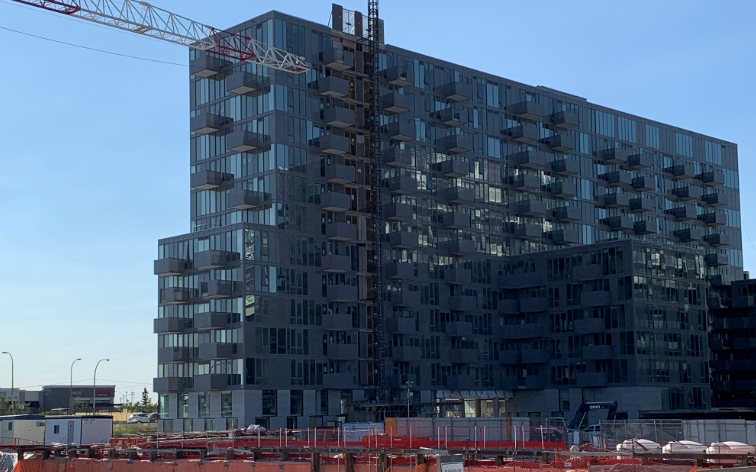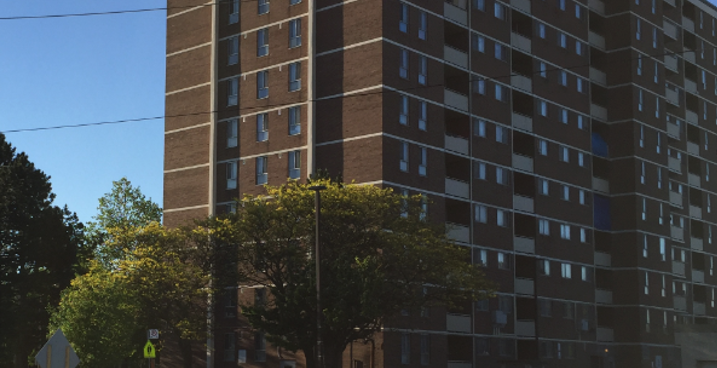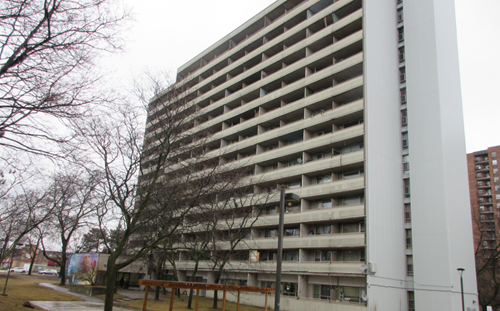
Why This Audit Matters
This report provides a roadmap to support the Shelter, Support & Housing Administration (SSHA) Division to more effectively guide each client on their journey towards stable housing. The recommendations outline the need for consistency and the robust infrastructure required to ensure a more efficient and effective approach to improving outcomes for shelter clients. The audit results align with SSHA’s “pivot to housing”, and the priority actions identified in its Homelessness Solutions Service Plan and in the HousingTO 2020-2030 Action Plan.
Background
According to SSHA’s 2020 Annual Report, the “pivot to housing” is a commitment to shift from a focus on emergency response to homelessness to a focus on permanent housing solutions – permanent housing solutions for homelessness recognize that housing is inherent to the dignity and well-being of a person, a determinant of health, and an efficient and a cost-effective use of resources.
A Housing First approach focuses on helping people to find permanent housing as quickly as possible and providing the supports they need to live as independently as possible. The underlying philosophy of Housing First is that people are more successful in moving forward with their lives if they first have housing.
By The Numbers
Between January 1, 2019 and February 28, 2022:
- 46,300 people stayed in a shelter for a least one night, including nearly 3,750 families
- 2,800+ shelter clients stayed only in respites, winter programs and extreme weather sites
- 1,340 shelter clients moved frequently between shelters (i.e. admitted to 10+ different shelter programs)
- 40% of shelter users were discharged to permanent housing, including about 7,075 individuals and over 3,200 families
- 15% of individuals and a few families have since returned to shelters
As of February 28, 2022, there are approximately:
- 10,000+ active shelter clients
- 15% of active shelter client households are on the City’s Centralized Social Housing Waiting List
- 45% of active shelter clients are experiencing chronic homelessness
- 2,880 people have slept in the shelter system for more than 365 bed nights (1 year)
- 770+ people have spent more than 1,095 bed nights (3 years) in shelters
- 80 people have been housed more than 10 years of their lives living in an emergency shelter
- 450+ seniors (65 years old or over) are experiencing chronic homelessness
- 200+ families are chronic shelter clients including 280 children under 16 years old, 80+ families have cumulative stays of more than one year
- 770 current chronic shelter clients had previously been discharged to permanent housing
What We Found
A – Increasing the Focus on Case Management
- Level of detail or completeness of service plans varied amongst different shelter providers and from client to client
- For some clients, we did not observe a clearly documented housing plan and/or financial plan
- Files often did not indicate whether a client was on the City’s Centralized Social Housing Waiting List — some families experiencing chronic homelessness are not on the waiting list for subsidized housing
- Case notes were not detailed enough to demonstrate progress
- Without a well-documented service plan, shelter staff will have difficulty showing that they have identified and addressed a client’s needs, assessed the effectiveness of their services and supported continuous improvement.
- Case notes indicate that, for some clients, a Housing First approach has been challenging. Targeted approaches need to be developed to achieve better outcomes for:
- clients who may require long-term support including seniors and chronic shelter clients who may require significant mental and/or physical healthcare supports
- clients who are not engaged or not willing to participate in case management
- clients who primarily stay in respites or frequently move between shelter locations
- Shelter providers agree that more post-housing follow-up support, which is considered essential for Housing First, is needed. Information on post-housing follow-up supports, if any, is seldomly recorded in the Shelter Management Information System (SMIS)
- Support for program operators can be strengthened by enhancing case management tools and clarifying expectations
- Program monitoring and accountability can be improved — currently, there is no regular monitoring of case management practices
- SSHA needs to develop outcome-based measures and increase its oversight to assess the effectiveness of case management
B – Improving the Homelessness and Housing Information System
- SMIS is not designed to support effective case management; the system does not facilitate understanding a client’s “story” so that they can be supported
- Some shelter providers do not use SMIS for case management
- SSHA needs better system functionality for tracking client data, progress and case management workflow
- Data and information collected could not be easily searched, was difficult to extract, and was time-consuming to analyze to assess client progress
- Limited information sharing leads to administrative inefficiencies — case management starts again at each different shelter
C – Focusing on Housing is an Efficient and Cost-Effective Use of Resources
- Cost of emergency shelters[1], including the hotel (COVID-19) program, is over three times more expensive than providing supportive housing, and around seven to ten times more expensive than providing subsidized housing, rental subsidies or housing allowances
- The “pivot to housing” recognizes that housing leads to better outcomes for people and is an efficient and cost-effective use of resources — savings from a shift towards permanent housing solutions enables funding from efficiencies and cost avoidance to be redirected towards providing the supports needed for better long-term outcomes, such as post-housing follow-up and mental health and primary care supports
[1] Cost of shelters has doubled during the pandemic
How Recommendations Will Benefit the City
This audit provides SSHA with a roadmap to help guide their clients more efficiently and effectively towards permanent housing solutions. The 12 recommendations outline the need for a consistent approach to case management and improved data and systems infrastructure to better inform and support SSHA as it helps individuals and families experiencing homelessness move towards permanent, stable housing more efficiently and effectively.



